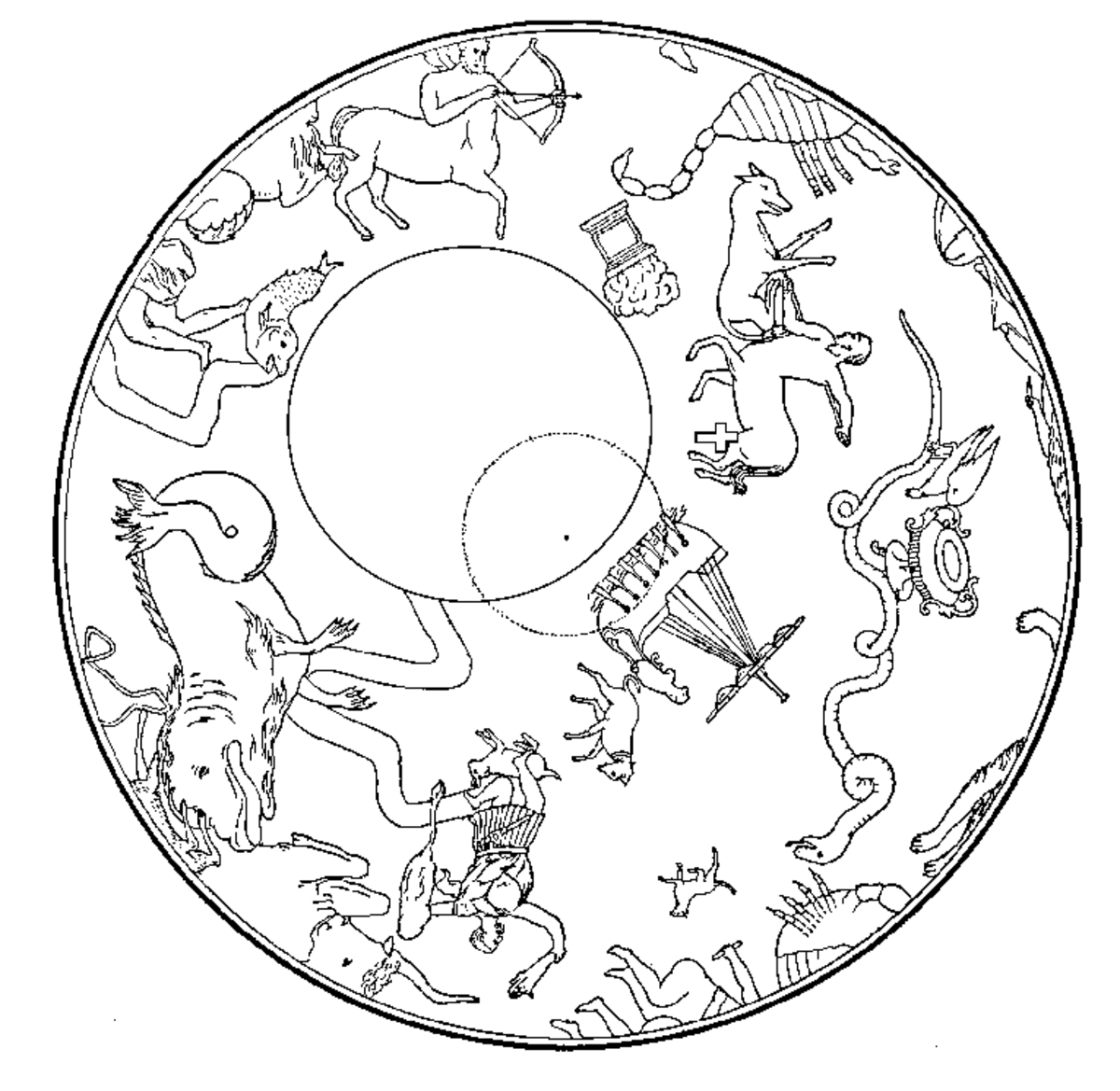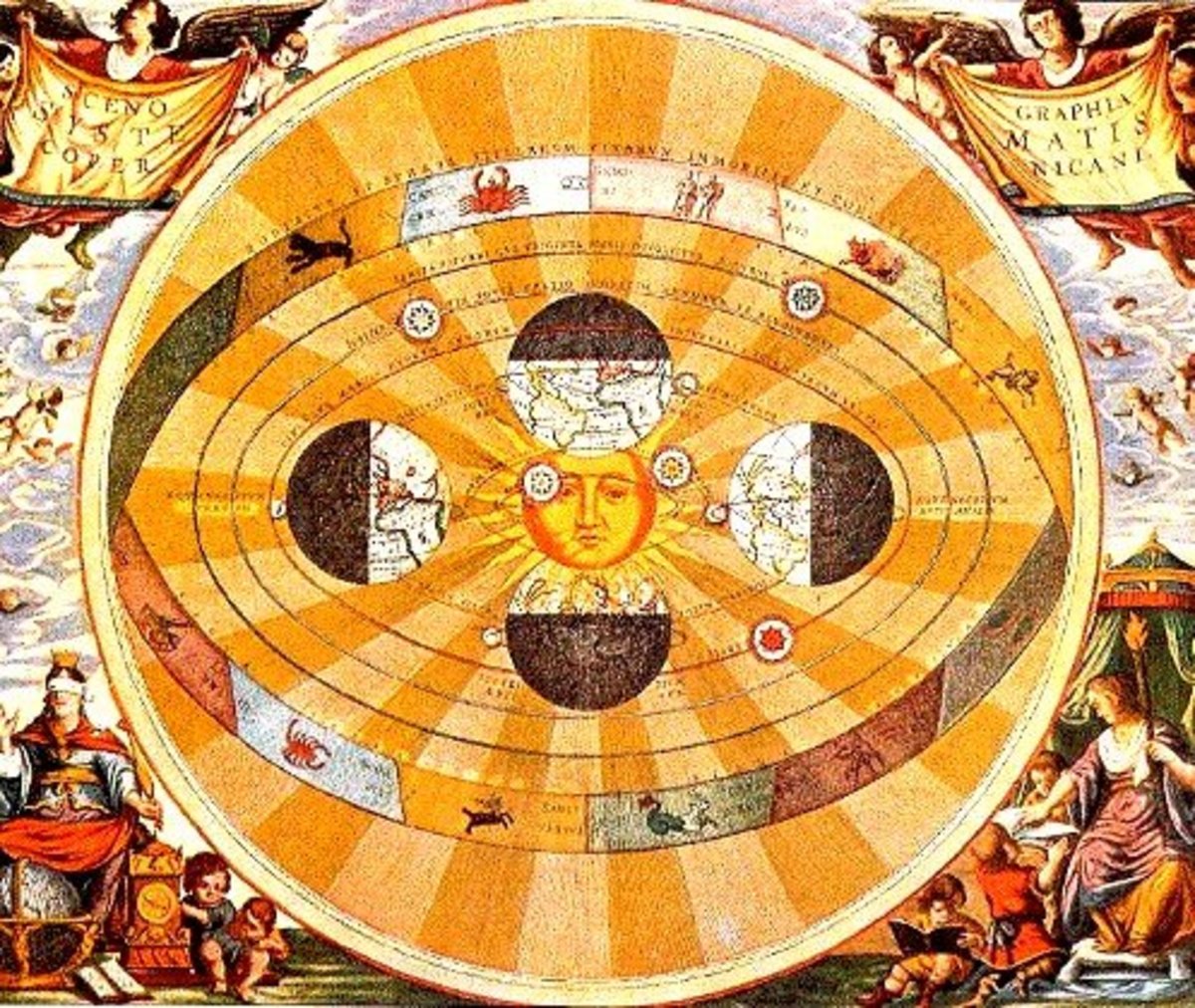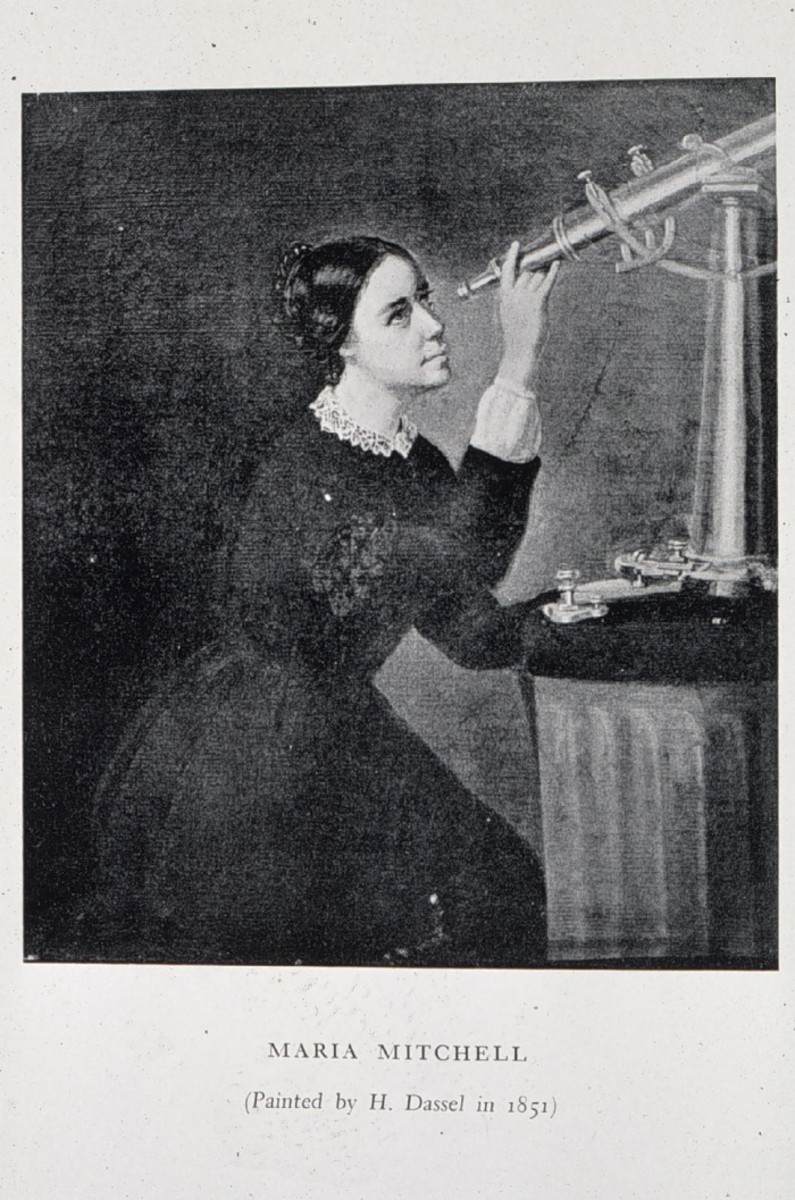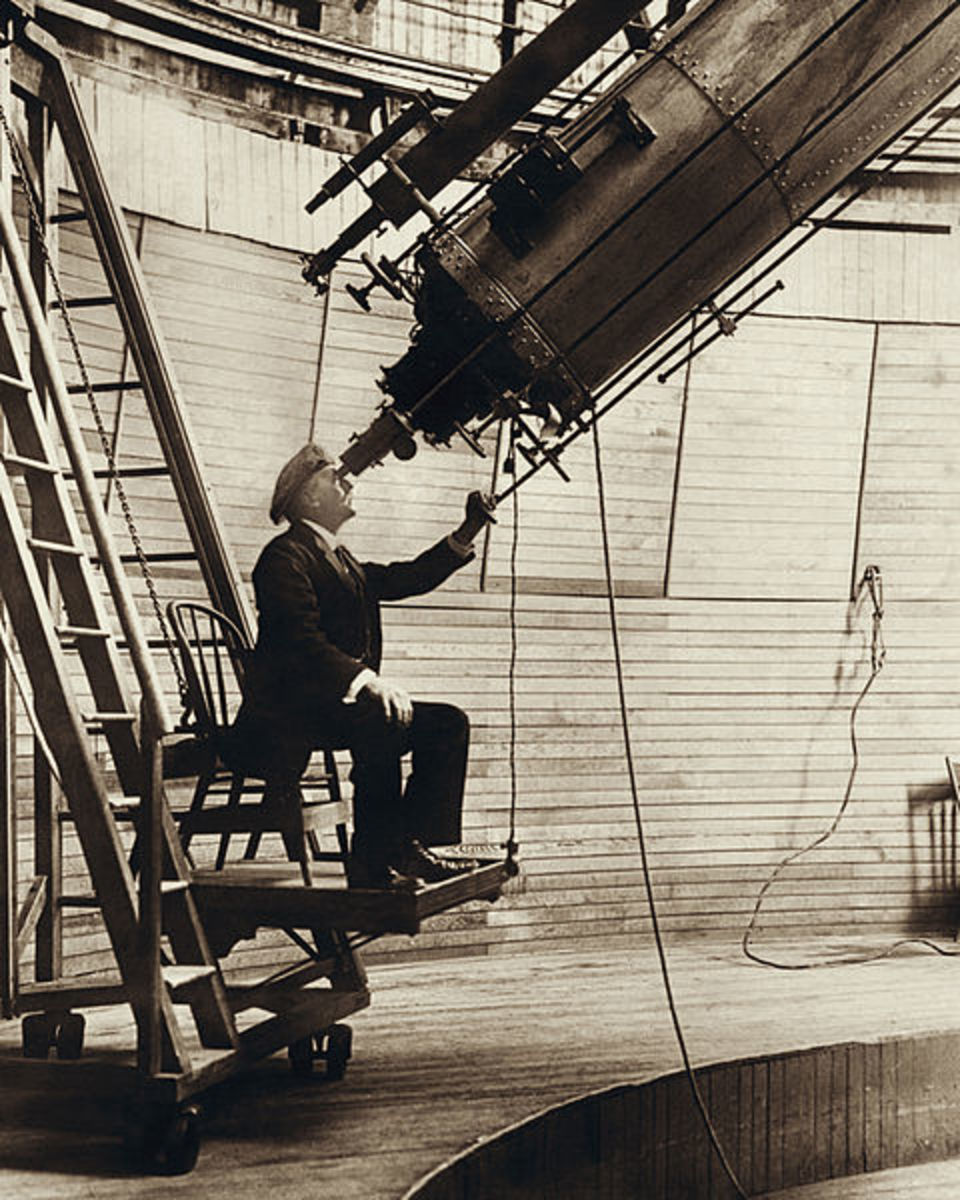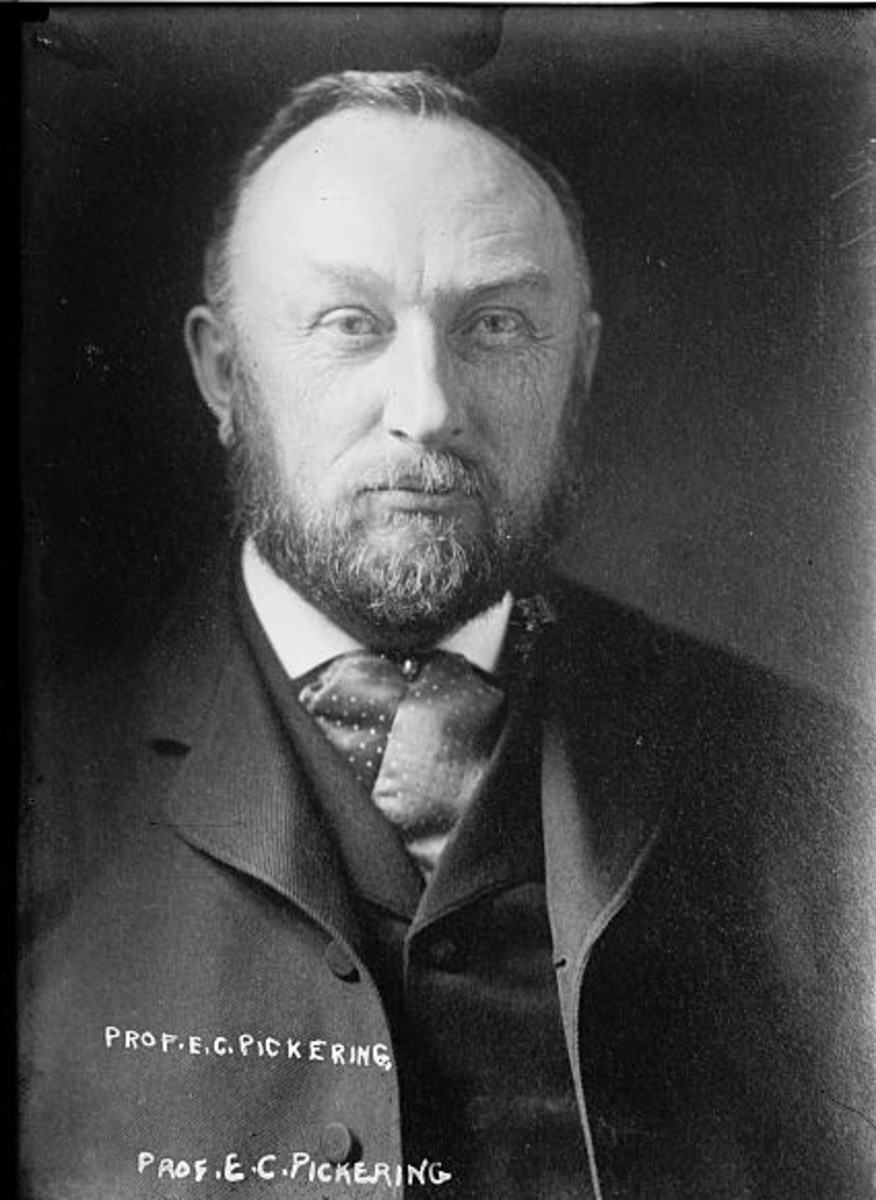Copernicus' Astronomical Revolution
How One Man Redefined the Universe
At the beginning of Western astronomy, scientists like Aristotle and Ptolemy believed the Earth was the center of the universe. Copernicus was the first astronomer to posit the theory of a heliocentric solar system - one in which the sun was the center instead of Earth. Copernicus' discovery was monumental not only for the theory it generated but also for the reasoning he used to develop it. This was one of the first examples of a major paradigm shift.

A Brief Biography
Nicolaus Copernicus was a Polish monk during the time of the Renaissance. He lived from 1473 to 1543 and it was not until shortly before his death that his pivotal work On the Revolutions of Celestial Spheres (De Revolutionibus Orbium Coelestrium) was published, defining his theory of a sun-centered universe. Beyond astronomy, Copernicus was a true Renaissance man, being well educated in the arts, languages, math and politics. He is best remembered today for the scientific revolution which bears his name.
Copernicus was not the first person to posit or propose ideas about a heliocentric universe. Scholars in the Middle East, India and Asia had suggested the possibility since 400 B.C. but Copernicus was the first to create a functioning predictable model of the universe based on moving the Sun to the center.
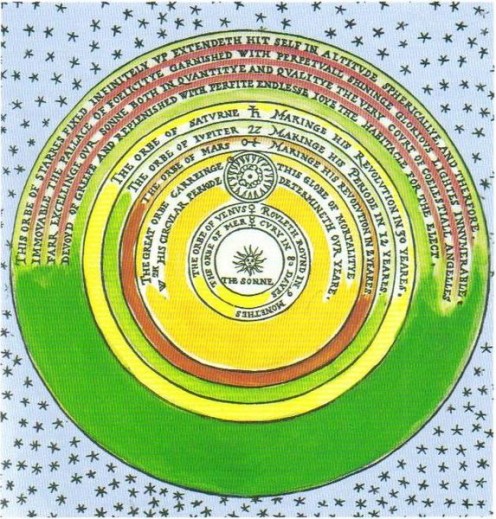
Problems with the Previous Paradigm
At the time of Copernicus' birth the world of astronomy operated under what is known as the Ptolemaic model of the universe, or the "Two-sphere Universe". This idea of the universe which was developed by Aristotle and Plato and refined by Ptolemy stated that the Earth was the center of the universe and all other heavenly bodies rotated on spheres around it. But there were problems with this model. Although Ptolemy had devised a number of tools to explain bizarre movements of the heavens (such as why stars move east to west in the night sky but west to east over long periods of time), the model was inaccurate at predicting future movements of celestial bodies. Also, as seafarers mapped more and more of the planet, it became apparent that the Earth was a sphere like other heavenly bodies. If this was the case, why would it not move like the other observed planets, and if it moved, how could it be stuck in the center? Many astronomers in the late 1400s were focused on finding ways to explain these abberations but Copernicus was the first to publicly throw out the Ptolemaic model.
Copernicus' Arguments
Copernicus had several arguments against the Ptolemaic system. One was that the system was simply inaccurate. It needed constant tweaking and revision of Ptolemy's theories of epicycles, eccentricities and equants in speed, rotation and number to continue functioning. So many modifications were necessary that dozens of modified Ptolemaic systems emerged from many sources all over Europe and the Middle East, meaning there was no unified system by which measurements could be tested. Experiments between yourself and your neighbor did not necessarily operate under the same conditions. Copernicus viewed the entire labyrinth of the Ptolemaic system as a monster and was motivated to correct these problems.1
Copernicus was employing the scientific axiom of Occam's Razor which states that the simplest theory that works is the best, most logical and most accurate theory. The general inaccuracy of the Ptolemaic system and its variations partially derived from too many theories surrounding one concept. Copernicus thought something as predictable as the movement of the heavens must be governed by a seemingly simple solution. Thus Copernicus sets up the argument that a heliocentric universe is superior not only because it renders more accurate measurements but it also rids astronomy of these other systems. Also, there is now a standard way of interpreting data and conducting experiments.
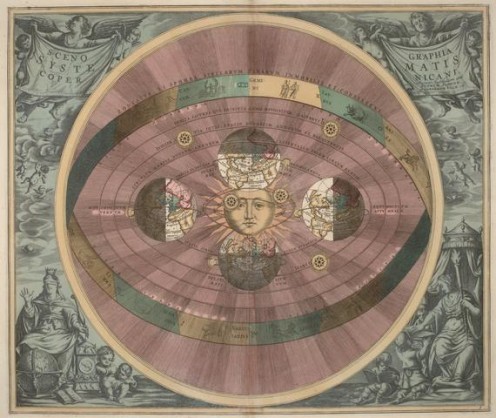
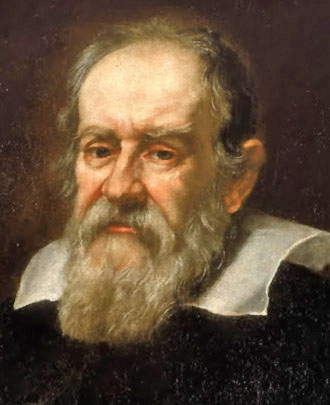
Convincing Critics
The idea of the heliocentric universe was not immediately nor universally accepted. Galileo, the Italian inventor of the telescope, was imprisoned and forced to recant his belief in the theory by the Catholic Church. Copernicus' death shortly after his book's publication shielded him from personal criticism but he knew the theory would face resistance. He also knew aesthetic appearances of his argument were just as important as the results it generated. To this end Copernicus emphasized the concepts of harmony and symmetry.
Symmetry
Symmetry is the property of a theory where it is balanced and equal. In Copernicus' time, the idea that the Earth was God's perfect creation was accepted without question by Western science. Symmetry was an aspect of this perfection, and more symmetrical scientific theories were therefore closer to God's truth. The Ptolemaic model of the universe used spheres because they were considered the perfect symmetrical shape. Symmetry is often found in nature, in the shape of leaves and animals for example. Copernicus used this to his advantage, describing heliocentricity as natural as well as symmetric. Another benefit to symmetry is it allows the construction of many "If...then..." clauses. If X is one thing, Y must be another. This makes the theory easy to follow, understand and test. It allows few exceptions. The simplicity of a symmetric theory is an advantage to gaining recognition.
Harmony
Harmony complements symmetry. Harmony refers to how well the theory is able to integrate into the whole of science, how it balances with other well-proven theories and how well-rounded it is. If a new theory solves more than one problem, it generates more harmony. Harmonies do not make a theory more accurate or simple. They allow them to resonate better with a target audience. In Copernicus' case, the audience was astronomers, philosophers and mathematicians who could appreciate the numerical and astronomical harmony of his system. In this case, one rule can be applied to the entire universe and makes the heavenly bodies work harmoniously together. One need no longer worry about hierarchy among the planets, equants, eccentricities and epicycles. Copernicus' theory creates peace.
The Copernian Revolution
This is not to say that Copernicus' theory of a heliocentric universe was the be-all and end-all of astronomy. Copernicus was working without a telescope and ignorant of the vast possibilities of celestial phenomena that would later be observed. His theory only shifted the center of the universe from Earth to the Sun - it made no mention of the existence of the solar system or have any notion that our system was one among billions. It needed tuning by astronomers such as Kepler and Brahe who added elliptical planetary orbits, among other things. But it was the first major reordering of our world in the cosmos and established ground rules for other scientists to follow when developing and presenting monumental research. It established a new period in astronomy as well as most other natural branches of inquiry, and created ripples of thought that penetrated religion and politics. Indeed, the Reformation and protestant movements might have been severely curtailed if Copernicus' theory had not shown that the scientific understanding of the world order was open to debate.

